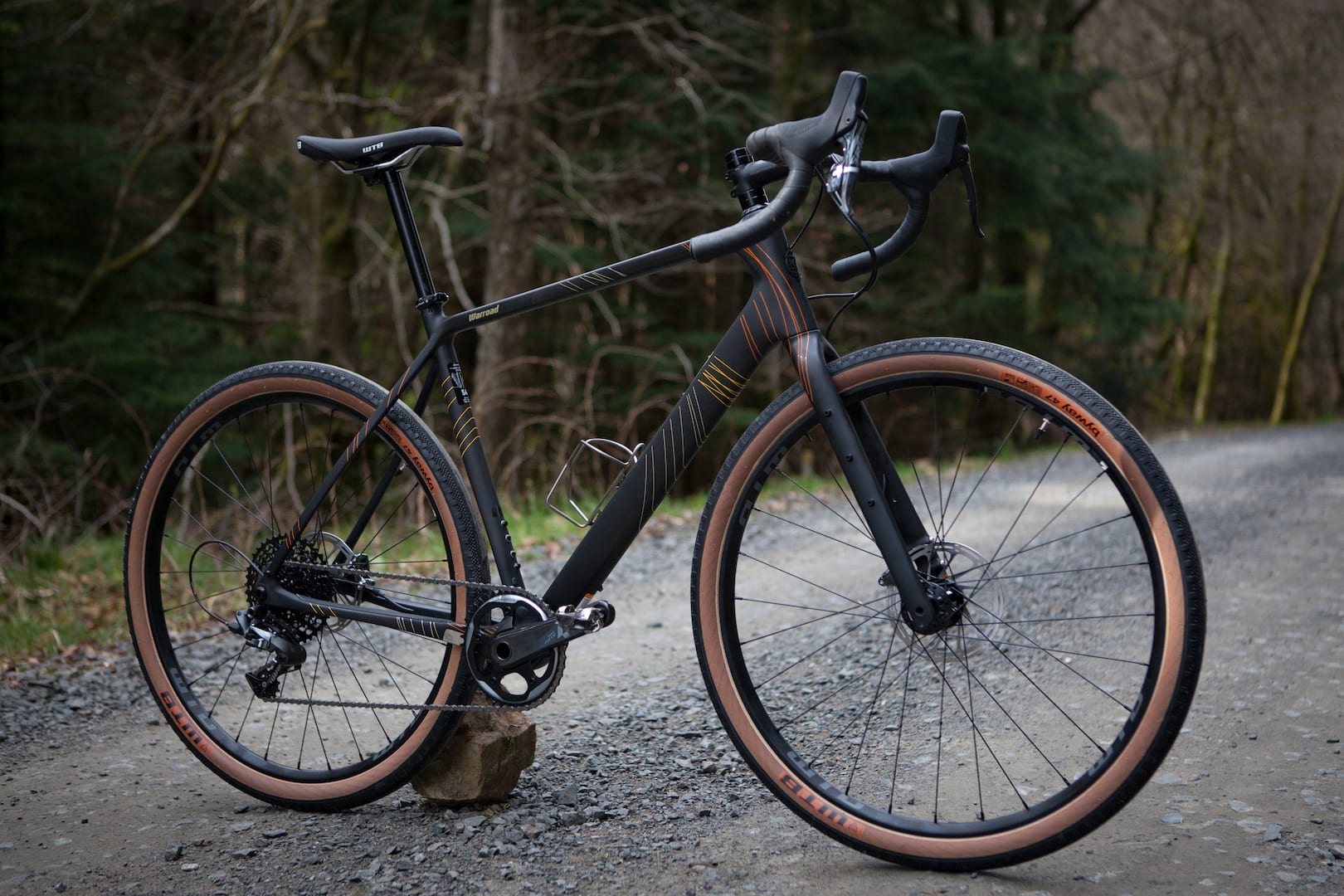When embarking a longer ride than normal, it is wise to use tried and tested kit, iron out any niggles beforehand, that kind of thing. Or if you are a bike tester, you turn up to a gravel bike event, collect a box-fresh cycle, set the saddle height and hope for the best…
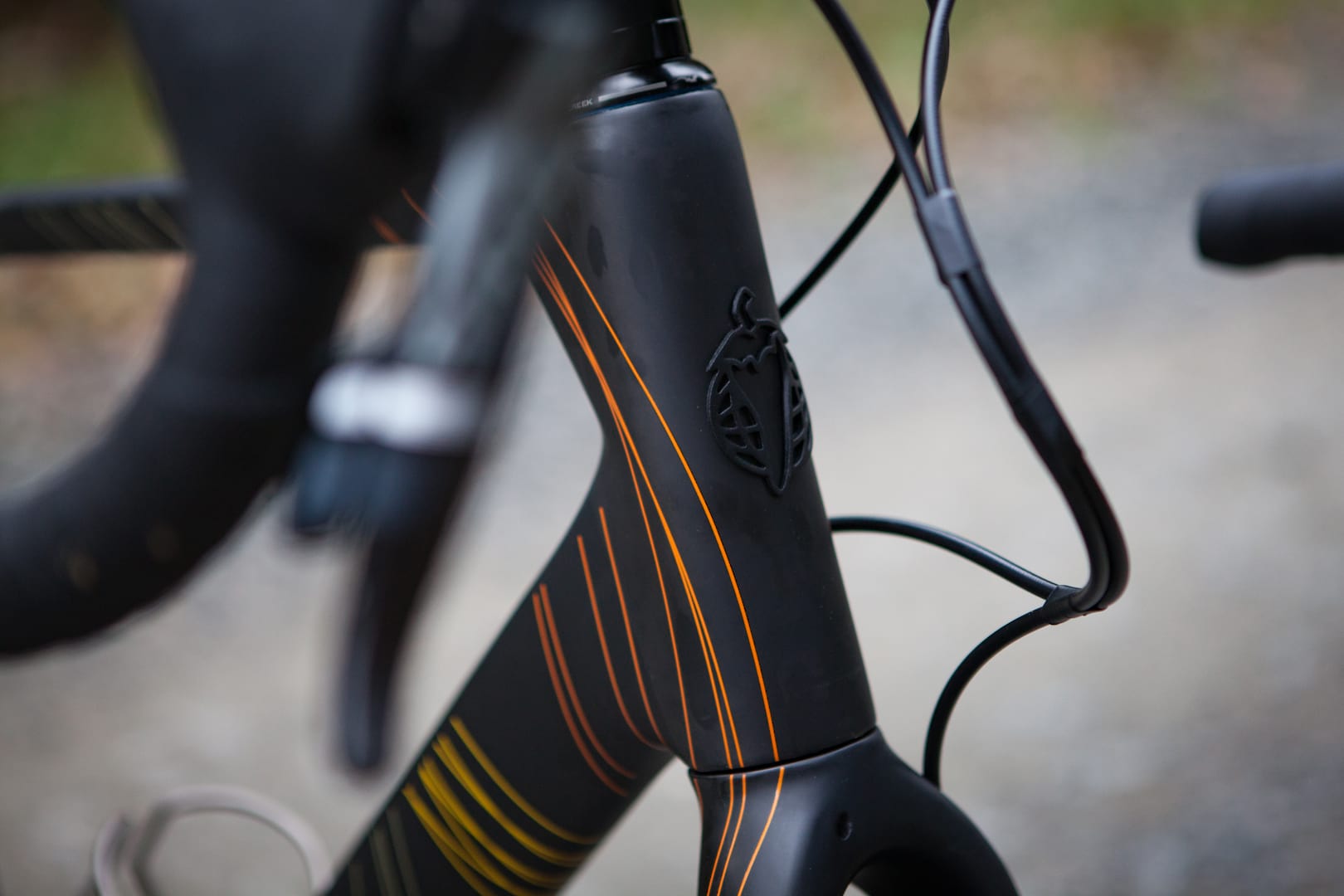
Salsa Warroad Gravel Bike
Arriving at the Dirty Reiver, I wandered over to the Lyon Cycle stand (Lyon are also the UK distributors of event sponsors Bombtrack). The Salsa Warroad they handed over is a bit special – it is the first to be ridden on UK soil, or should that be gravel?
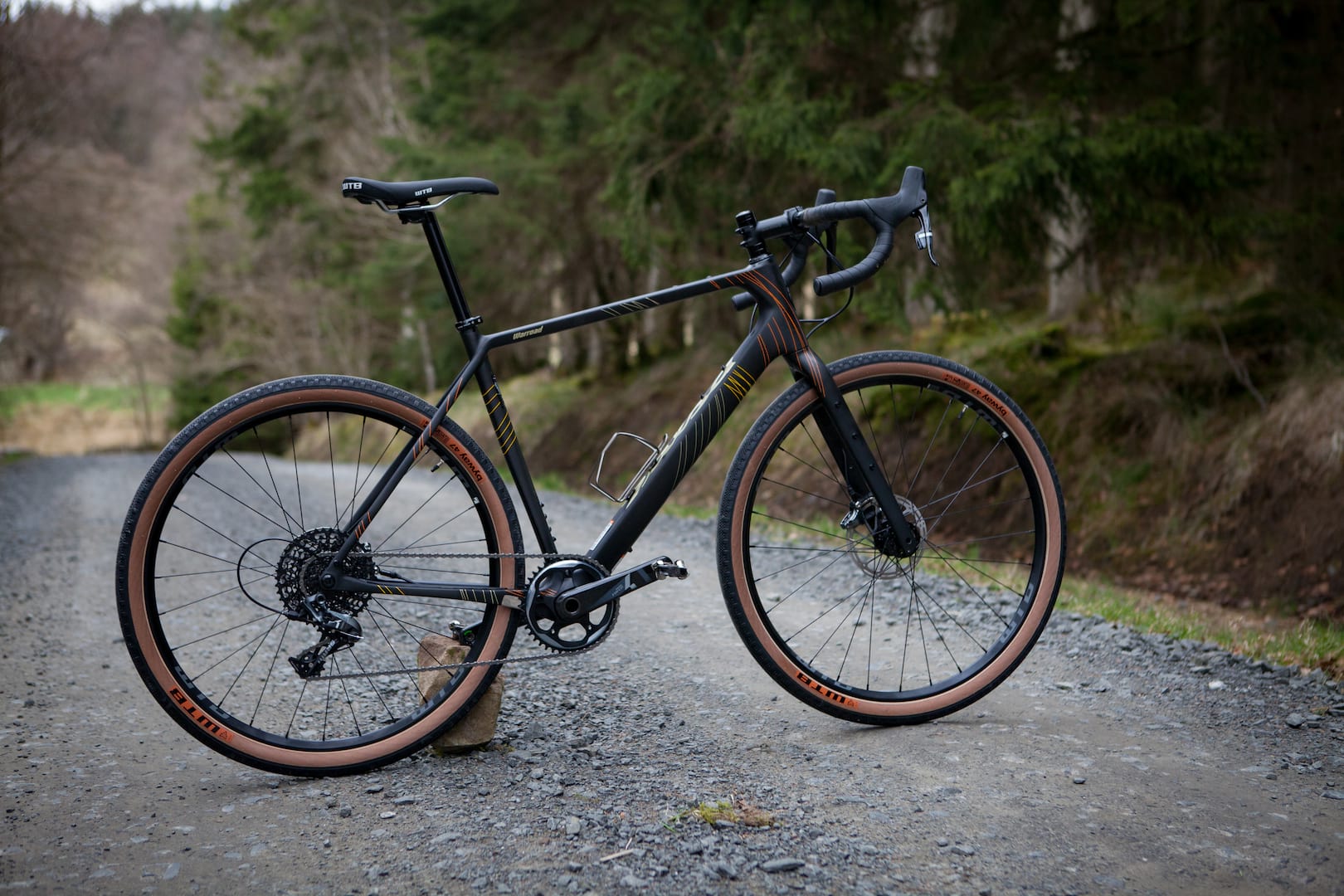
Before we talk about how the bike and I got on during our extended first date, let’s have a bit of a reminder of the Warroad’s design and spec. It isn’t all that long ago that we published news of the bike’s release. At the time we described it as “Salsa’s bike for roadies who like a side serving of gravel”.

Salsa already had an extensive range of off-road drop-bar bikes. Previously, the most racey of which would probably have been the Warbird. The Warroad is aptly named – it has taken the DNA of the Warbird, but shortened the chainstays, stiffened up the rear end slightly and as a result also has slightly less tyre clearance than the Warroad.
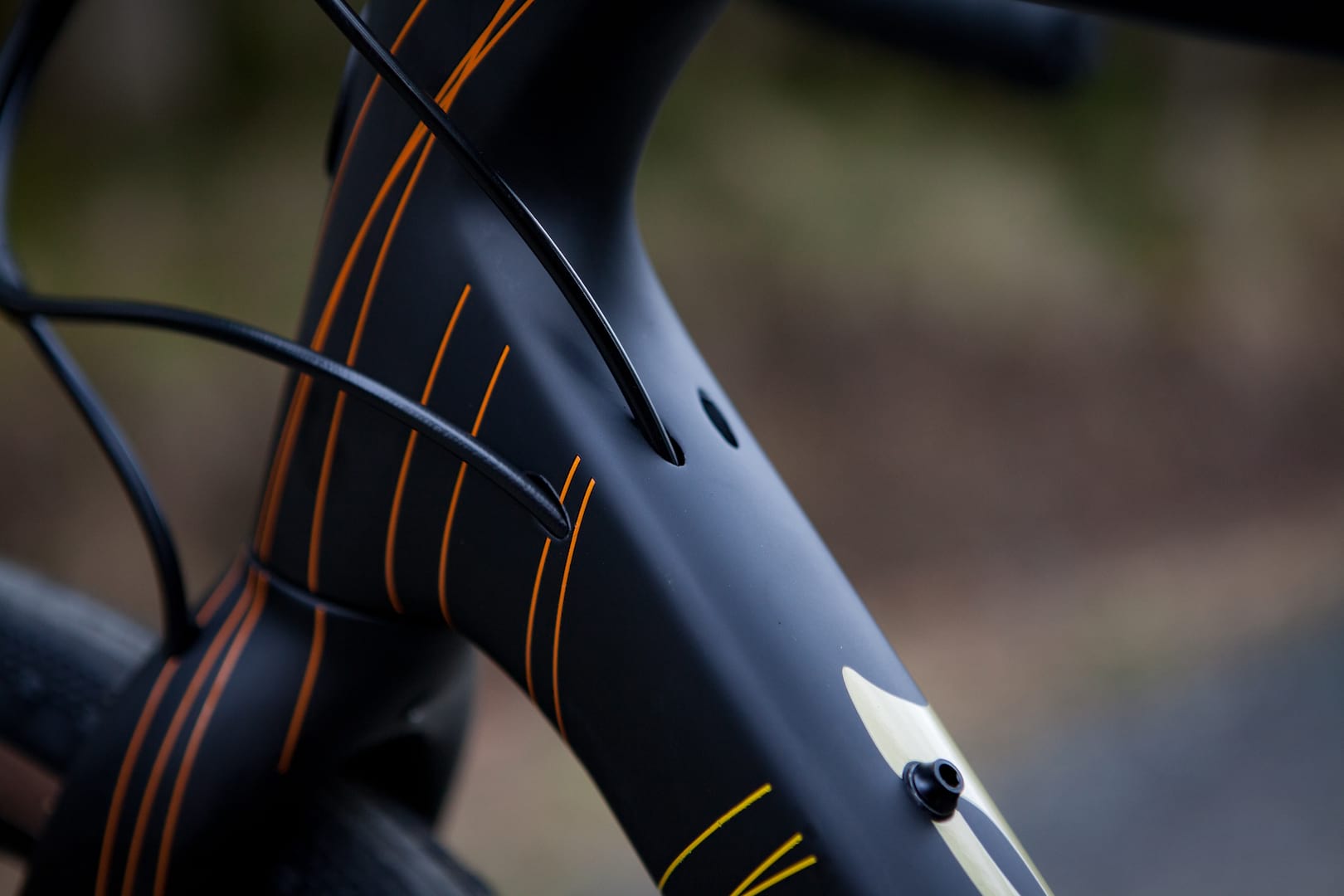
The result is a bike that Salsa claims focuses on agility while the Warbird focuses on stability. In fact, the company maintains that the Warbird is still the more suitable bike for gravel racing. But, with the new, relatively smooth course of the Reiver I thought it would be a worthy test of the off-road credentials of the Warroad. We are all about #dirtydropbargoodness, after all.
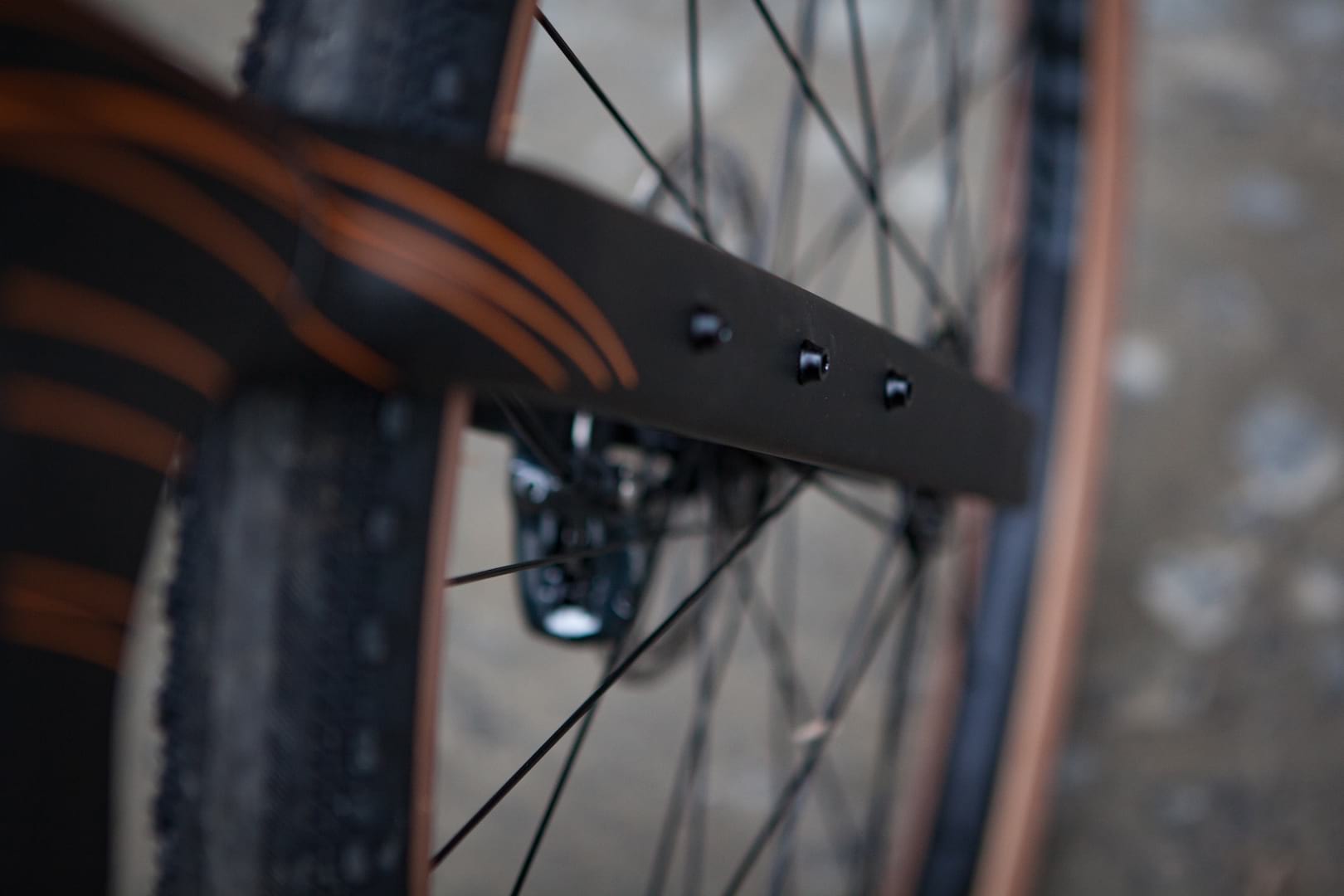
Specification
So, other than the geometry, what sets the Warroad apart? Well, first of all, that paint job. I can’t think of a better looking off the shelf gravel bike at the moment. The subtle orange/yellow pin striping on raw carbon looks amazing, standing out without screaming “look at me”. Whenever the bike was propped up over the course of the weekend it got longing, lustful almost, glances.
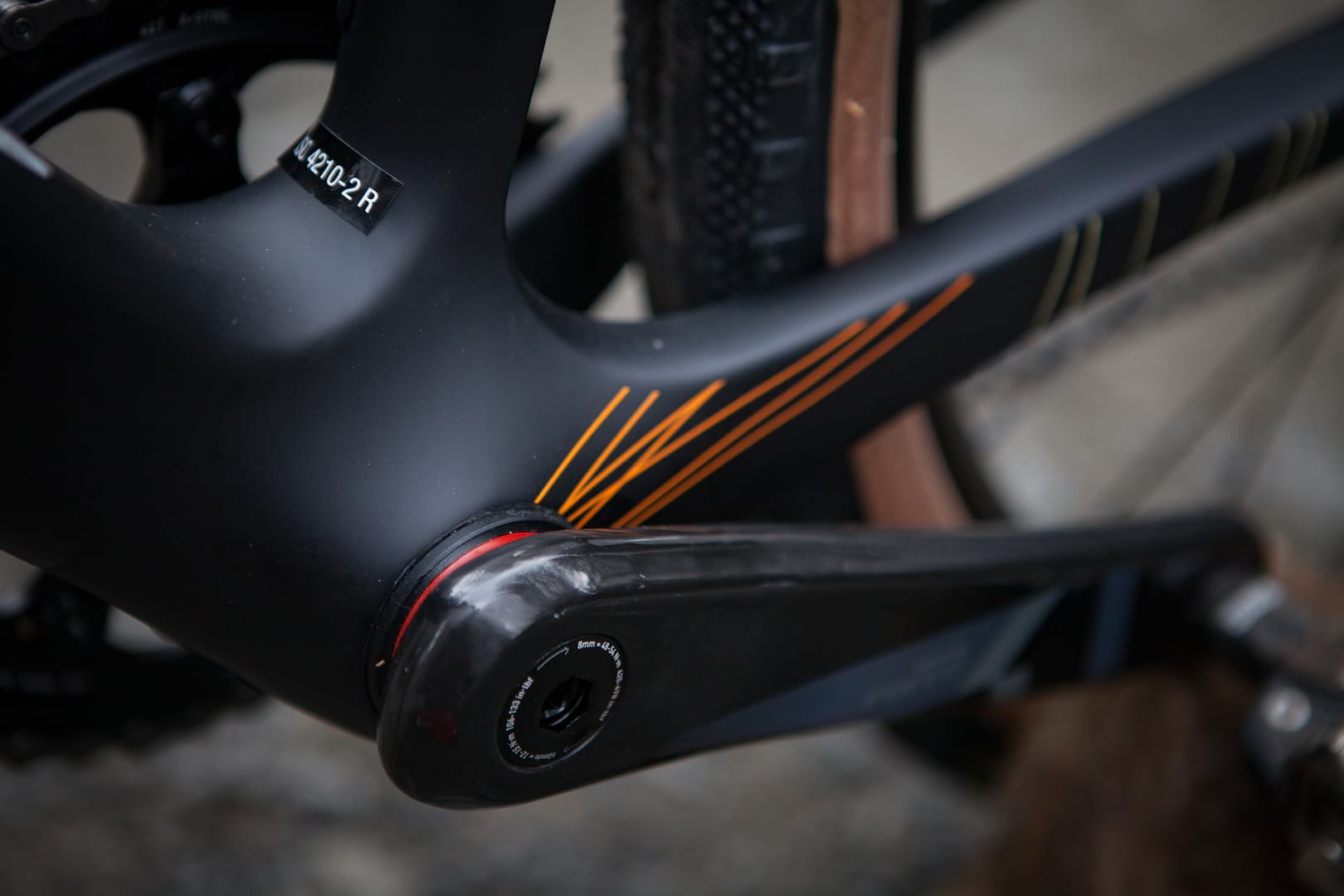
On to more (or less) important things. I rode the top-spec SRAM Force1 build, which comes in at £4800. A Shimano Ultegra version is available for the same price if you’d like a double chain ring, and a 105 version £3750. If you want to spec out your own build, the frameset is £2100.
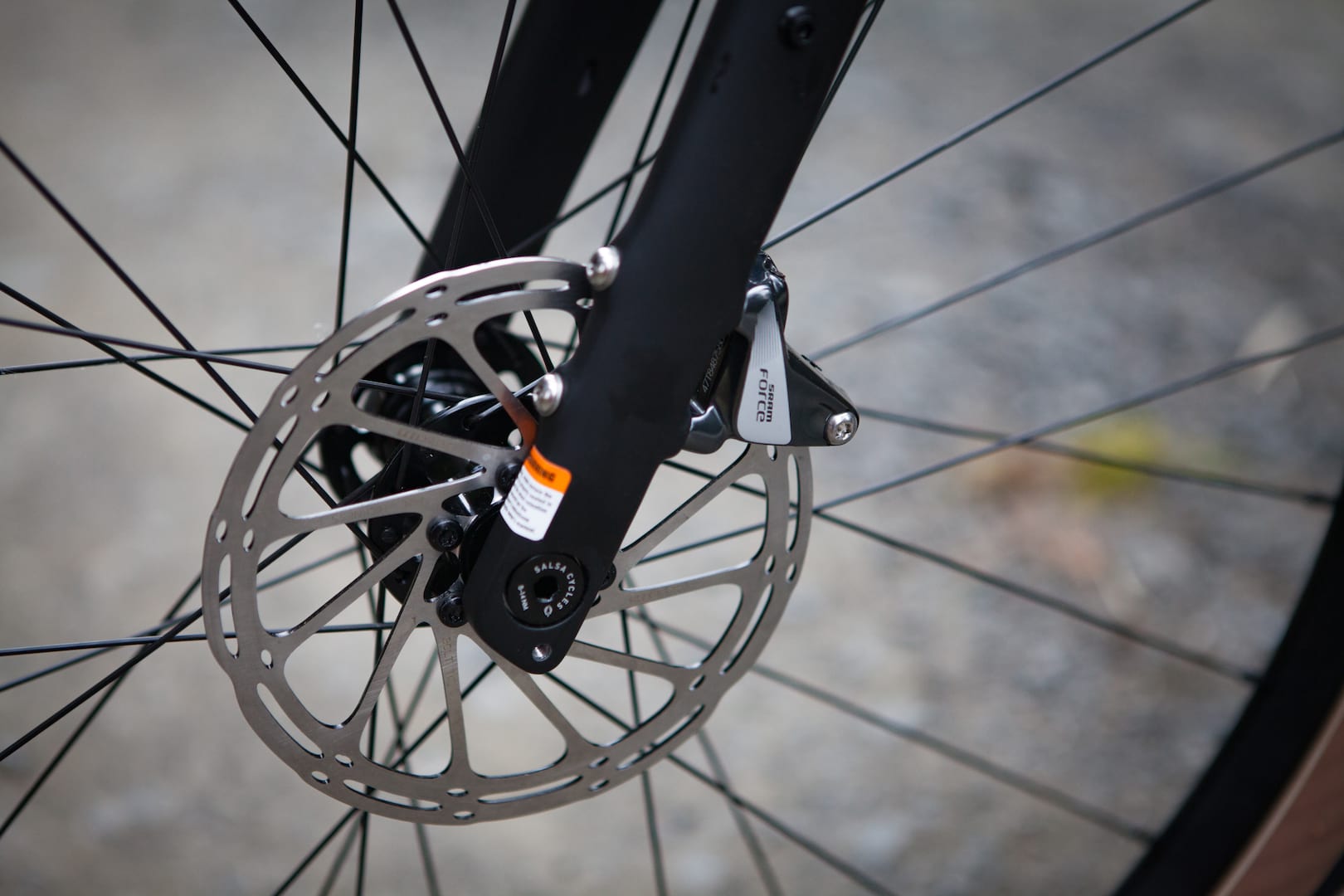
The frameset has all that you’d expect – flat mount disc brake mounts (including a clever integrated solution on the fork that allows you to bolt the brake directly to it), bolt-thru axles, internal sleeved cable routing. There is also routing for a dropper post (if you aren’t running a front mech) and dynamo routing on the fork.
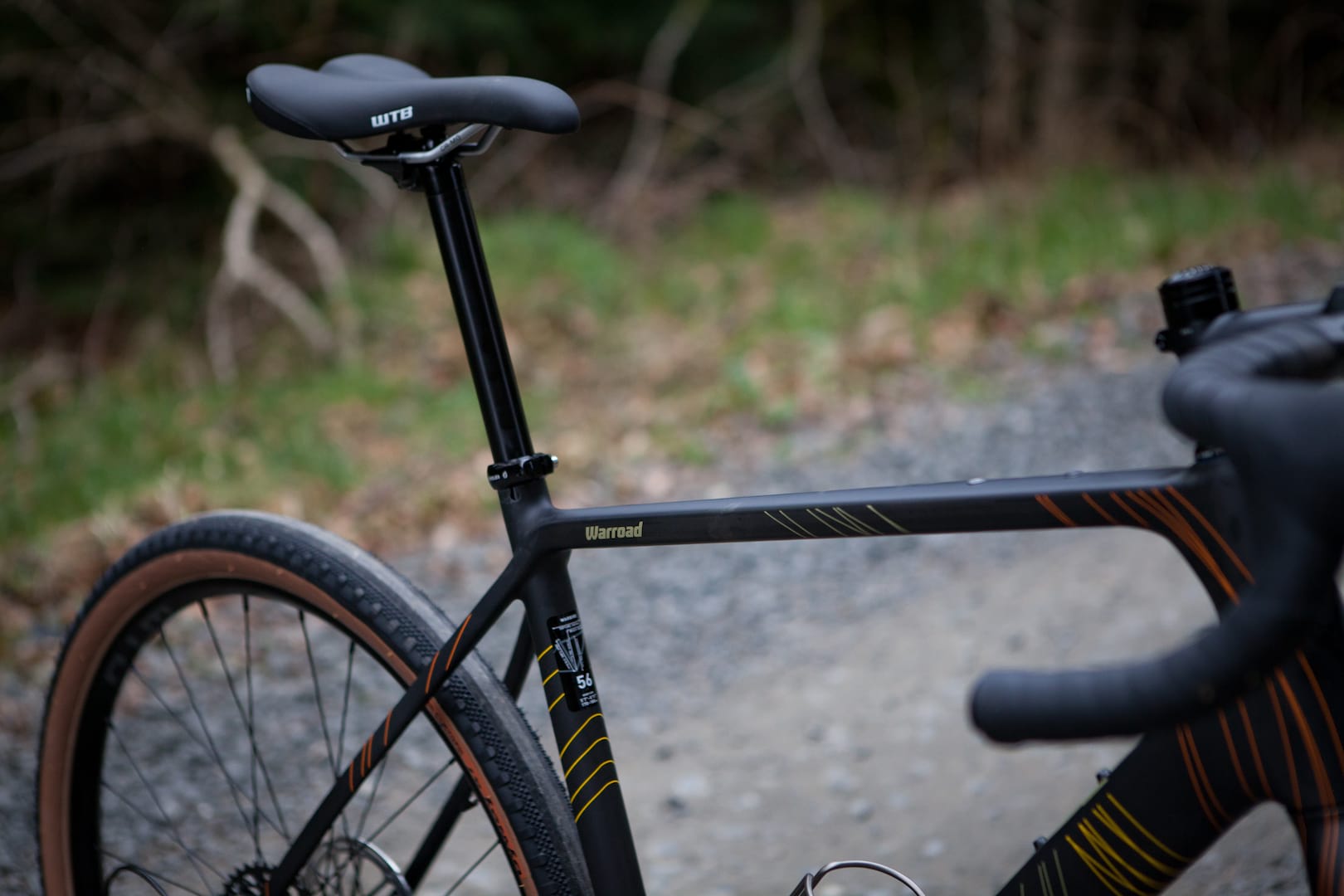
There’s an enormous number of mounts for bottle cages: two on the down tube, one on the seat tube, one on the underside of the down tube. There are then anything cage mounts on either side of the fork and finally there’s bosses on the top tube for the increasing number of bolted on feed bags available.
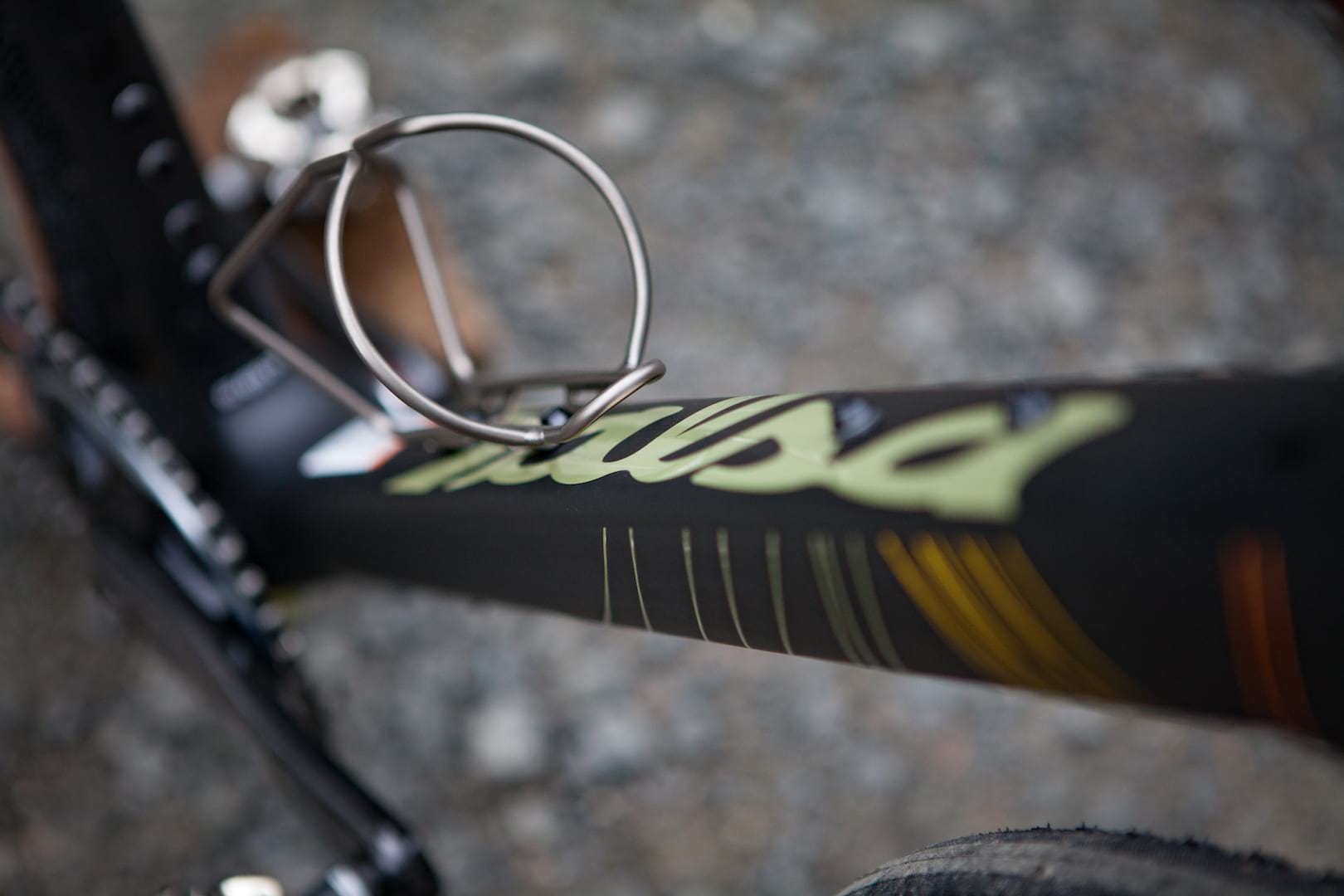
Build
As well as the SRAM Force1 full groupset, the bike comes with WTB wheels, WTB Byway 650b tyres (there’s clearance for 47mm tyres or 700c x 35mm). Finishing components are Salsa’s own, with the Cowbell deluxe bar being a highlight – gently flared, fairly shallow drop. Perfect.
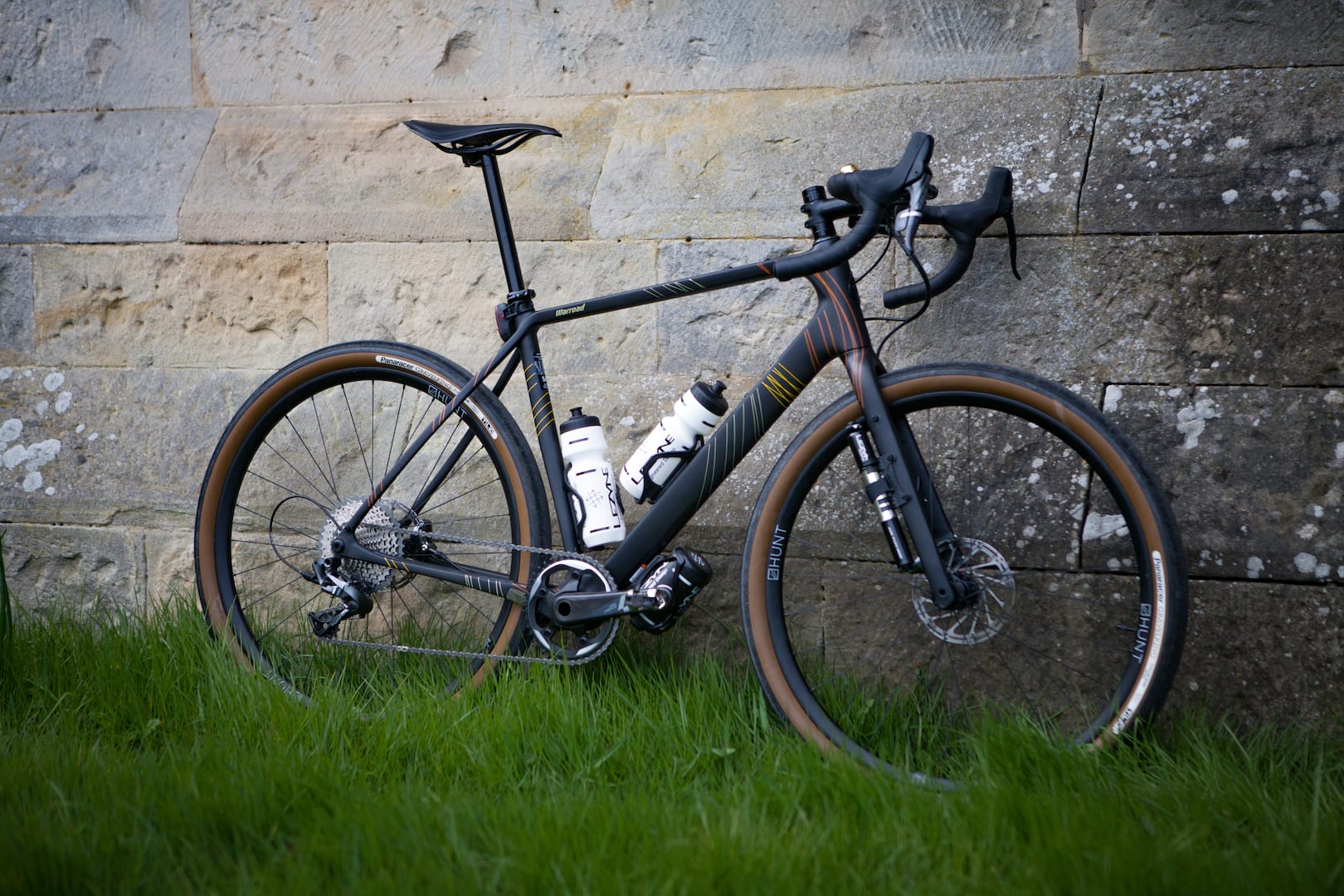
My tweaks
For the Reiver, I fitted a longer stem (the tested 56cm bike is at the absolute upper limit of fit for me at 6ft. Were I to buy a Warroad, I’d probably go for the 57.5cm size). I also swapped saddles, as my bum really doesn’t get on with WTB offerings.
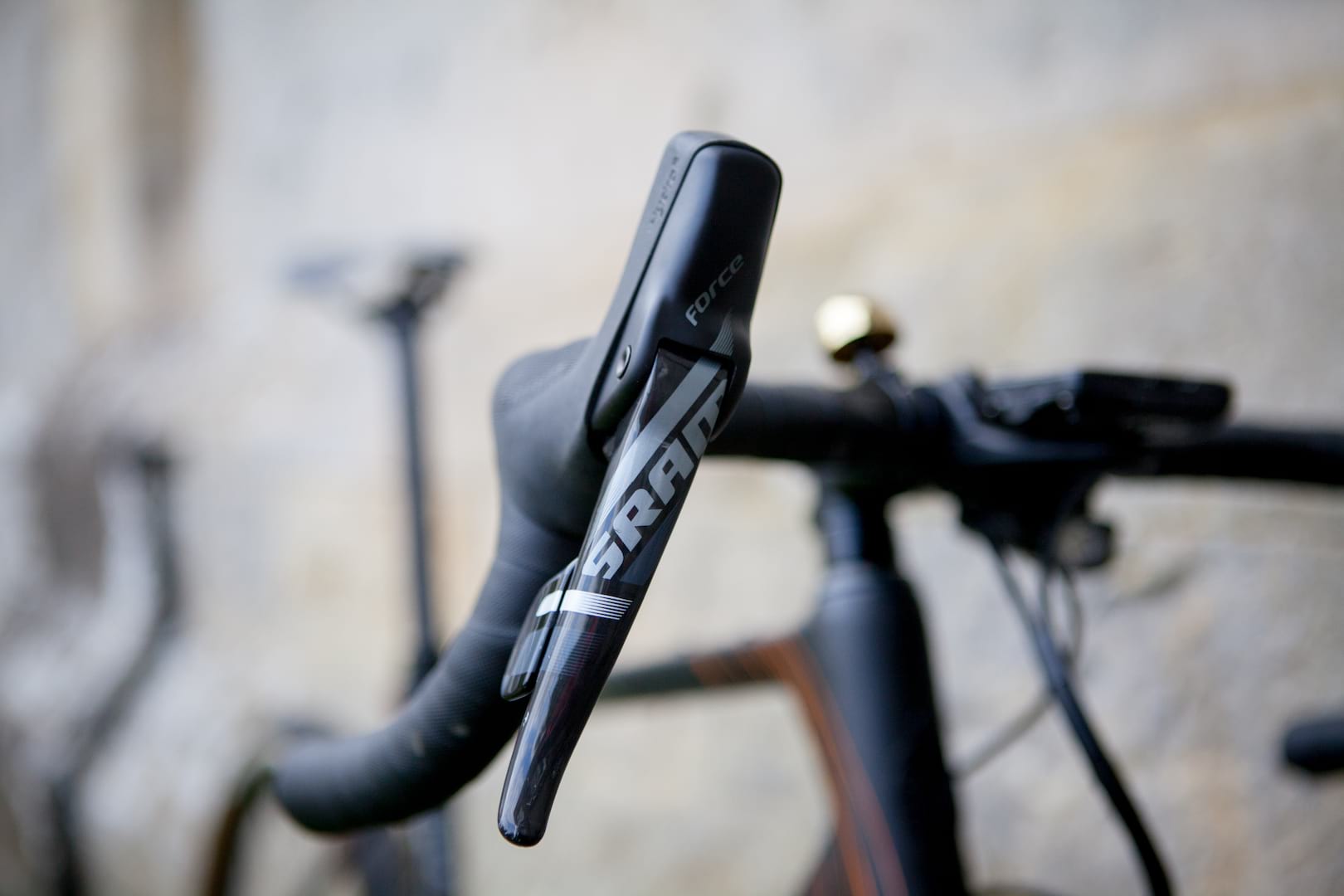
I also swapped wheels for some Hunt Carbon Adventure wheels, with Panaracer Gravel King tyres. This was for no reason other than Hunt and Panaracer both sponsored the Reiver, so I was flying the flag. It’s an added bonus that I’m a big fan of the wheels in particular.


How did it ride?
Back to the Reiver. As I crossed the line and grabbed my can of Erdinger Alkoholfrei, what were my impressions? In no particular order:
- Wow, it’s fast. The bike is so easy to accelerate. The tight and stiff rear end encourages you, nay compels you, to stomp on the pedals at every opportunity.
- It’s also easy to maintain speed. The low position of the bike lets you tuck out of the wind and just keep pushing.
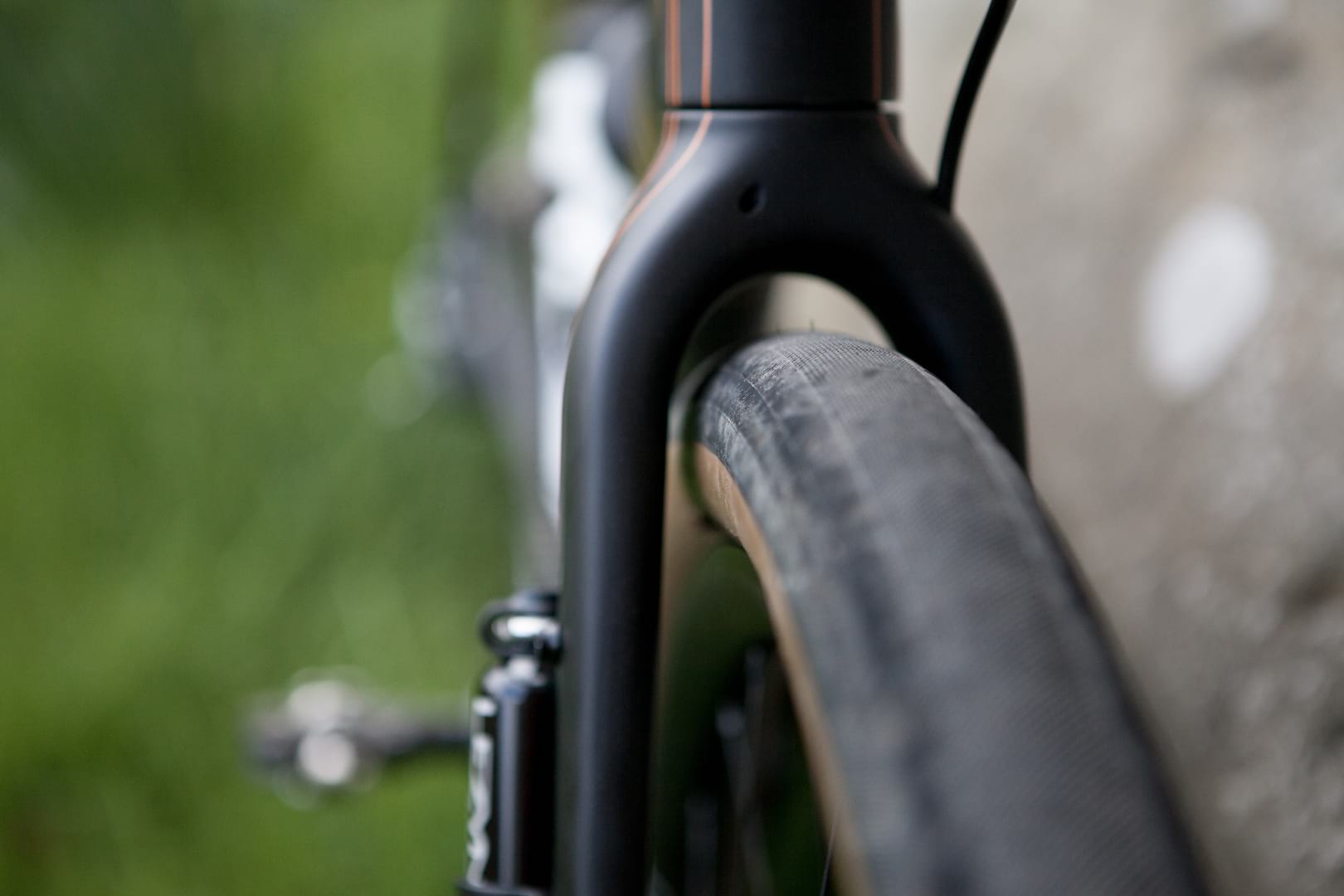
- That stiff rear triangle isn’t as forgiving as many bikes. It is an inevitable downside, but after 130km of gravel I was feeling a little more beaten up than I might have expected on some other bikes. Since the Reiver though, I’ve revisited my first opinions. I’ve swapped saddles once more to my favourite Fabric Scoop Flat and dropped a bit of air pressure in the tyres. The changes haven’t been revolutionary, but have certainly left the bike feeling much more comfortable. I’m looking forward to another long ride to test things out.
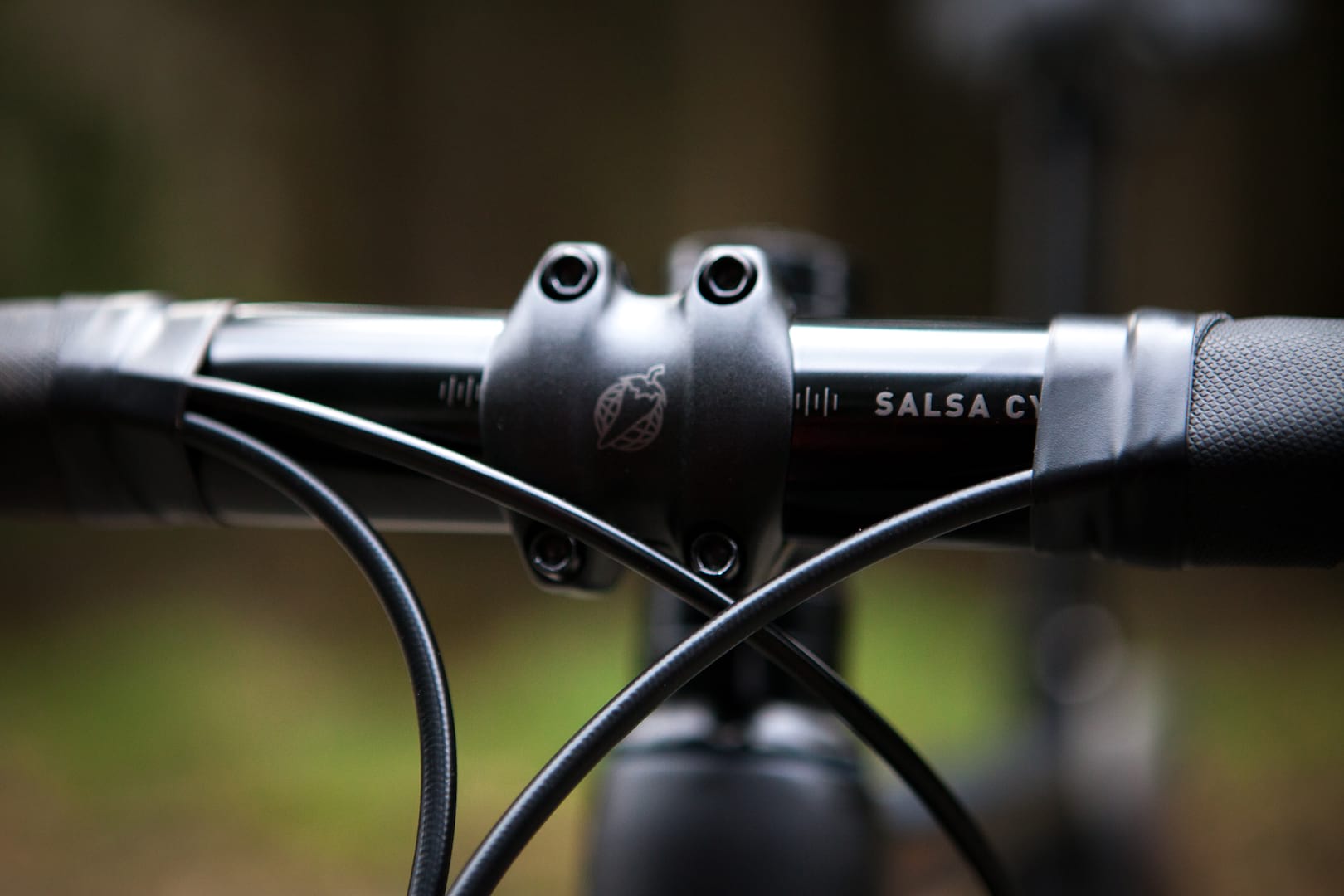
- The geometry creates and engaging, fun ride. It actually reminded me of when I first started taking my ‘cross bike out on my local trails and long exploring rides. Steering is pin-sharp (even with a 120mm stem fitted) and the bike is easy to hop and pop over obstacles. It feels a little nervy on very fast (60kph plus on some of the Reiver descents) loose descents, as a consequence of the short wheelbase, threatening to twitch around under you.
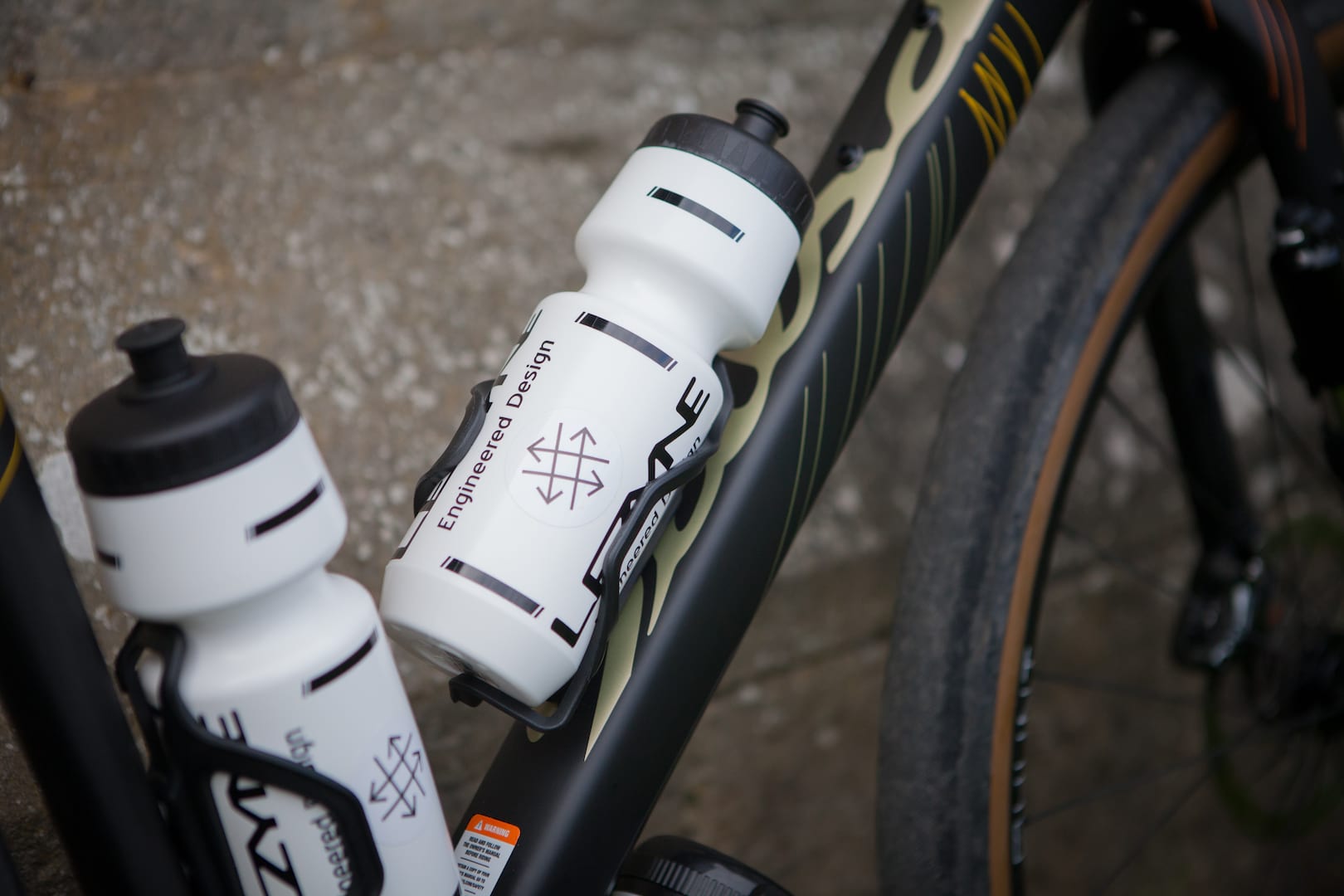
- It’s an utter pleasure to ride a gravel bike that isn’t a pseudo-mountain bike. I’ve loved some of my recent test bikes, like the Kona Libre DL and Bombtrack Hook EXT. They are great bikes, and stretch what is possible to ride on a gravel bike. But they also forgo some of the efficiency, nimbleness and speed on the smoothest terrain that the Warroad has in bucketloads.
- I’ve mentioned it before, but the pin striping on raw carbon is absolutely stunning. It’s love.

Home terrain
Since getting the Warroad home, I’ve been out on it everyday since the Reiver. My rides have been tarmac-based 50km loops, as well as my local trail favourite. On the road, I’m hard pressed to tell the difference between the difference between the Warroad and my road bike. Close my eyes and other than being more comfortable, there’s little difference. It is extraordinarily quick and handles impeccably. The 1x groupset is a little limiting on pure road rides – I’d have liked a closer rear block, but it’s a price that I’m happy to pay to have the convenience and silence of 1x off-road.
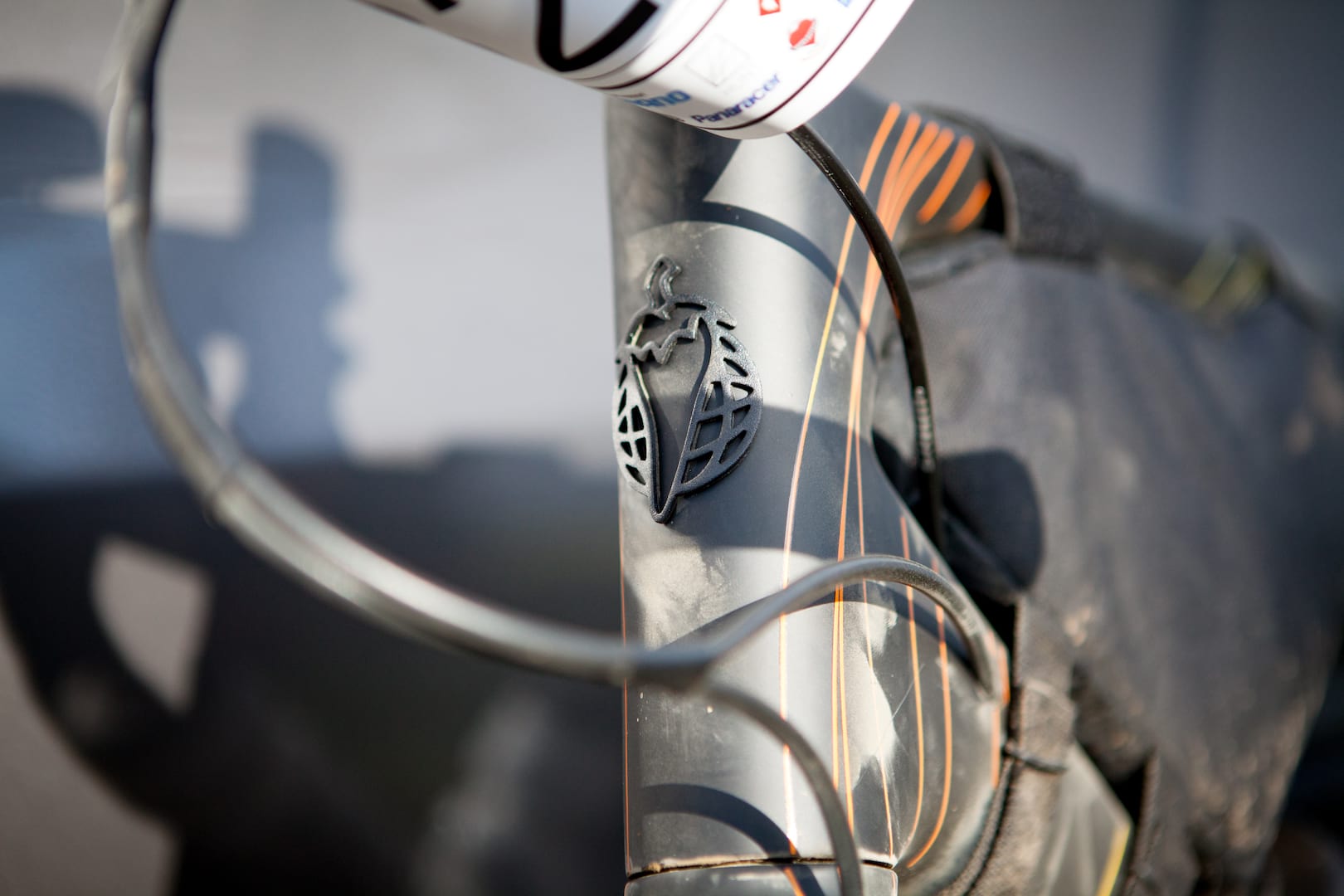
On my local trails, the Warroad mostly felt equally at home. The big volume Byway tyres run at low pressures are excellent at swallowing up lumps and bumps, and offer far more grip than they should (this is aided by unseasonably dry conditions at the moment). Braking requires a little care as it’s easy to lock them up, especially in a straight line, but it’s easy to adjust to. I did notice the relatively low bottom bracket a couple of times, catching a pedal while climbing technical rocky sections (that go far beyond a normal “gravel” remit) and in a rut. This though is the kind of thing that I think a few more rides will see me get used to.
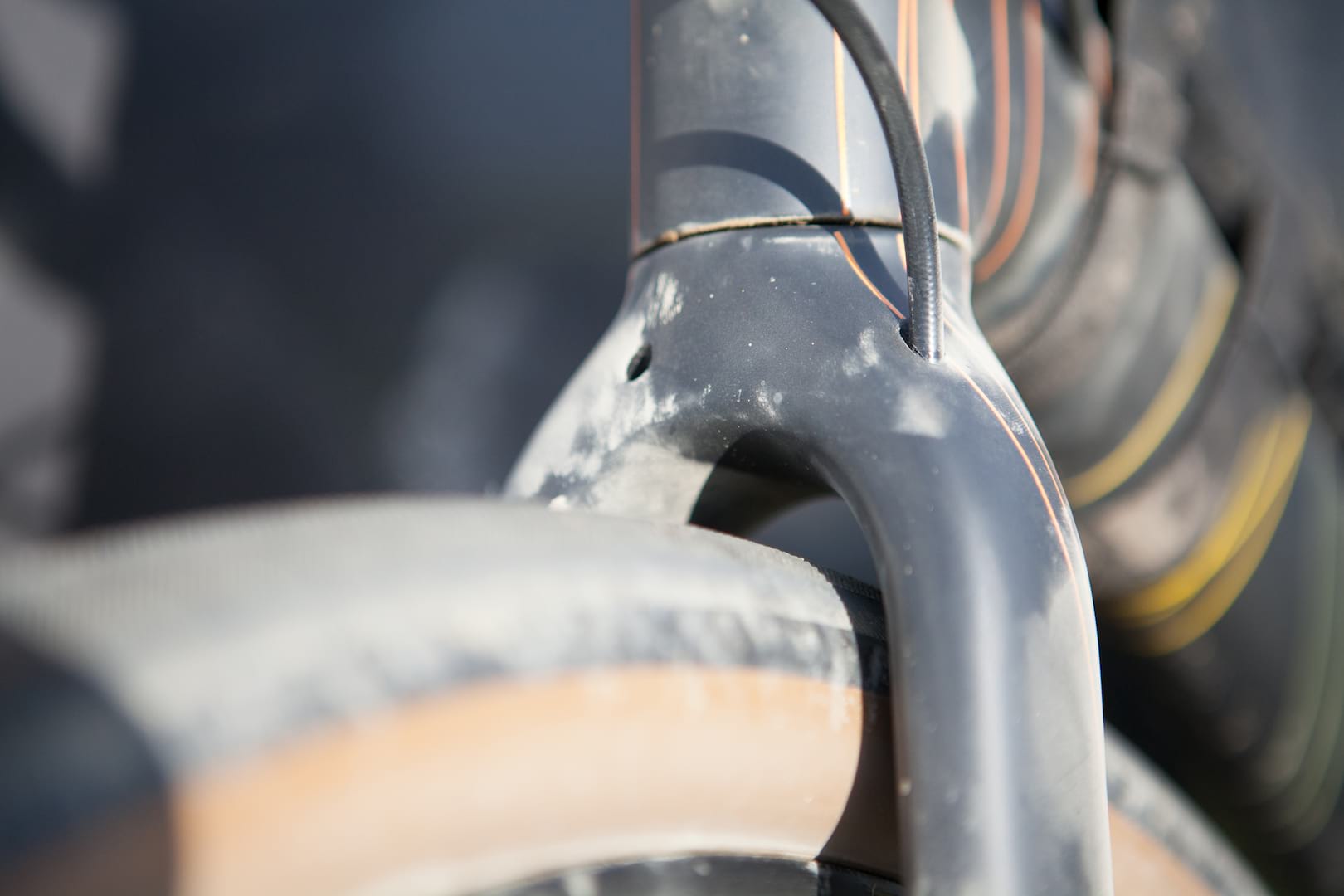
Overall
The Warroad is a special bike. I’ve ridden a few superb bikes recently, but I’ve already fallen a little in love with the Warroad. It seems to tread the magic line of what I love about off road riding on drop bars perfectly. It is efficient, playful, but also the right kind of scary. I’ve already started mentally planning how it will fit in to my bike stable. For the first time, I think I’d be happy getting rid of my “nice”, but increasingly neglected road bike completely and using the Warroad as a “do most things” bike. It genuinely is that good.
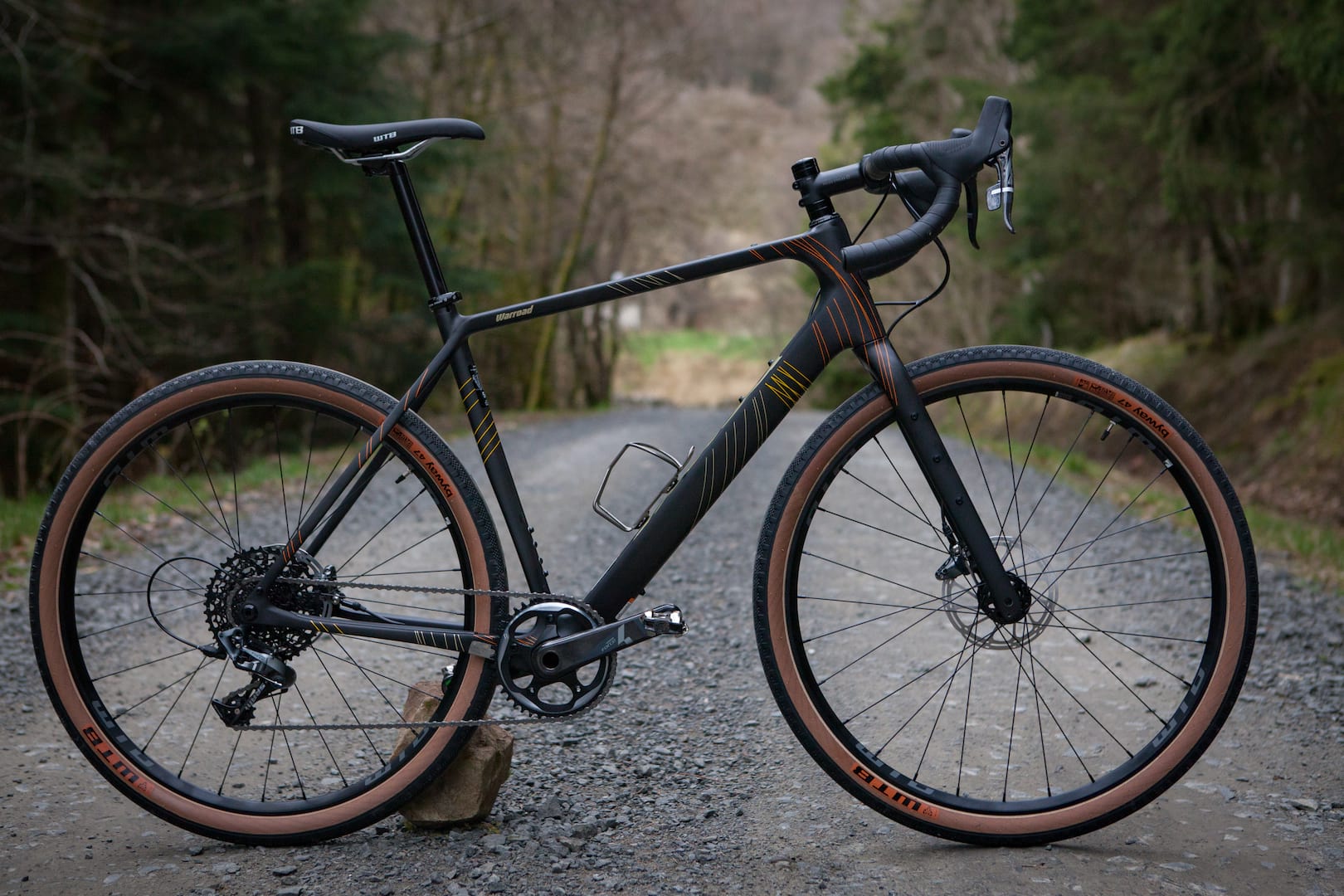
There’s a couple of extra caveats to the above. I’ve not yet ridden it in mud, and I think the limited clearance will be a potential issue. Finally, the bike isn’t exactly cheap. It’s possible to find similarly specced bikes for much less, but none of them have left me smiling quite as much as the Warroad has.
Finally, depending on what you want to do on your gravel bike, there may well be more suitable bikes out there – including offerings from Salsa. But, if you do want something that doesn’t compromise road feel, but has very worthy off-road credentials (and you can bear the price) then the Warroad has to be near the top of your list.
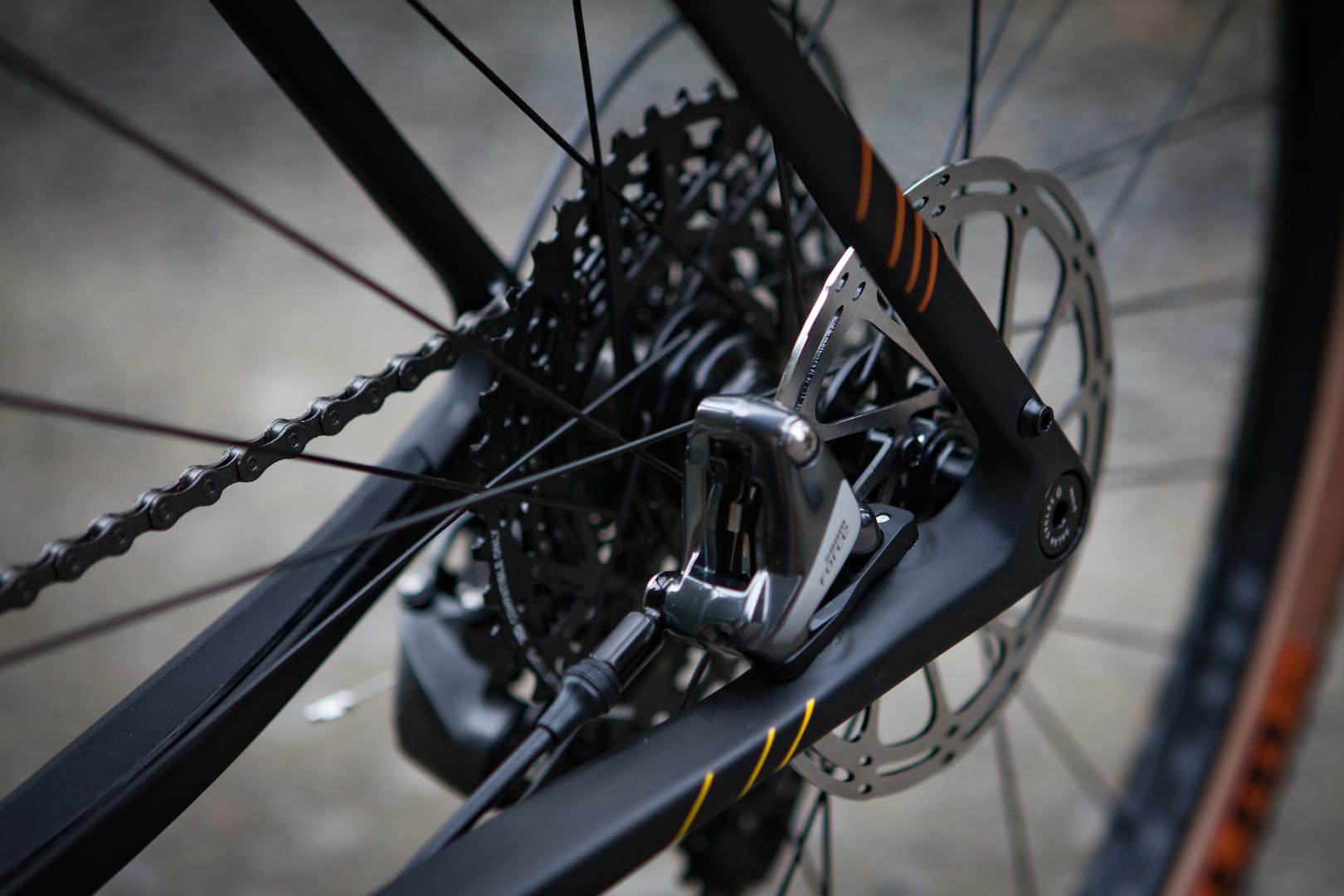
Full Specification
- Frame // Warroad Carbon
- Fork // Warroad Carbon Duluxe
- Wheels // WTB Proterra 28h, WTB KOM light I23
- Tyres // WTB Byway 650b x 47mm, DNA TCS
- Chainset // SRAM Force1, 42t
- Bottom Bracket // SRAM BB86 pressfit
- Rear Mech // SRAM Force 1 11-speed
- Shifters // SRAM Force 1
- Cassette // SRAM XG1150, 11-42t
- Brakes // SRAM Force1, hydraulic disc
- Stem // Salsa Guide
- Bars // Salsa Cowbell Deluxe
- Seatpost // Salsa Guide Deluxe
- Saddle // WTB Volt 135 race
- Size Tested // 56cm
- Sizes available // 49cm, 52.5cm, 54.5cm, 56cm, 57.5cm, 59cm, 61cm
- Price // £4,800
